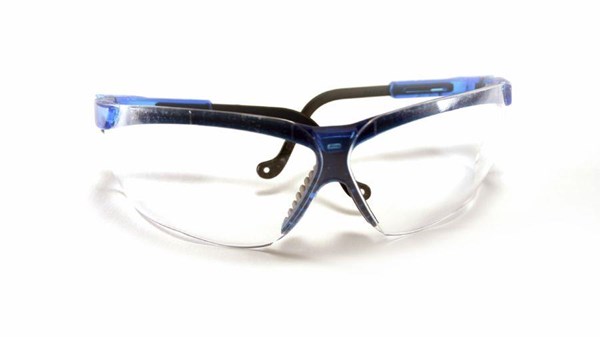Safety Tips for Metal AM
Additive manufacturing with metal powders poses a number of safety risks, but the right precautions that can help protect against them.
Compared to their subtractive counterparts, additive manufacturing machines can give a false illusion of safety. AM machines tend to be fully enclosed, quiet and slow, lacking the fast-spinning spindles, flying metal chips and coolant sprays of a typical machining center. However, additive manufacturing—especially with metal powders—poses its own unique risks to workers and facilities.
Ulrich Albanus and Perry Leggett of Concept Laser explained some of the dangers involved in additively manufacturing parts using metals in a session at last year’s AMUG Conference. Specifically, they focused on the safety precautions users can and should take when working with the company’s LaserCusing technology, a powder-bed process that melts metal powders using a laser. Here are some potential hazards, and steps that can be taken to avoid them.
- Metal powders can cause damage to eyes, lungs and the respiratory system, and may be carcinogenic. Workers should wear Personal Protective Equipment (PPE) gear such as gloves, masks and goggles to prevent inhalation and direct contact with metal powders. Water-flooded filters and water-based cleaning systems can also be used to collect and suppress metal dust and clean the LaserCusing machines. In addition, reactive materials such as titanium can react with oxygen and combust. The need to avoid oxygen is one reason that the work chambers and glove boxes of these machines are filled with inert gas, such as argon.
- Electrostatic discharges can ignite mixtures of reactive powders and oxygen (another reason to keep the build chamber sealed and filled with inert gas). According to Albanus, energies of less than 1 mJ can be enough to ignite a dust cloud. In addition to preventing metal powders from coming into contact with oxygen, technicians should wear personal anti-static grounding straps and ground the machine itself to avoid causing a spark.
- Laser radiation from the melting laser can burn skin and damage retinas. Concept Laser’s LaserCusing machines are equipped with windows and doors that block radiation to prevent these injuries. Workers can also wear approved masks or goggles for further protection.
- Welding fumes produced during the laser melting process are highly reactive, even if the material used is not, and the soot created can spontaneously combust. To avoid soot buildup, Albanus recommends cleaning the chamber after every build and wiping down soot with a damp cloth.
Having the right precautions and equipment available is only one part of the safety equation, however. Shops should also enforce procedures to ensure that safety standards are met. Proper training and posted checklists can help technicians succeed in keeping themselves and their facilities safe. Manufacturers should also take into account any state or local regulations, which can vary drastically by location. 
Related Content
-
Durable, Waterproof 3D Printed Casts: The Cool Parts Show #58
Recovering from an injury with an ActivArmor cast means that patients can exercise, bathe and live life while they heal. We get a firsthand look at the solution in this episode of The Cool Parts Show.
-
NIOSH Publishes 3D Printing Safety Guide for Nonindustrial Settings
NIOSH has published a 3D printing safety guide for small businesses and other additive manufacturing users such as makerspace users, schools, libraries and small businesses.
-
Desktop Metal’s Production System P-1 Features Optional Reactive Safety Kit
The kit features ATEX-rated components, as well as critical hardware and software updates that enable safe printing of ultrafine powders.

.jpg;width=70;height=70;mode=crop)










